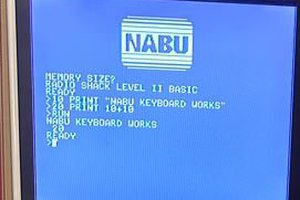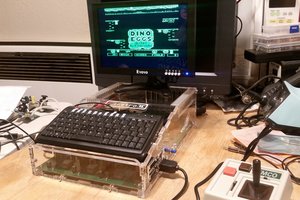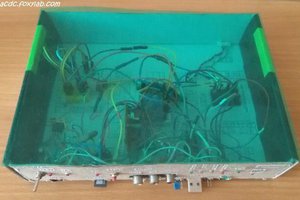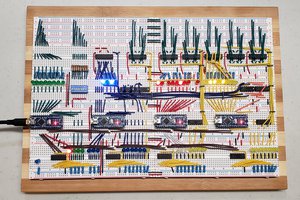I completed everything I wanted for this project. It did colour video in PAL and NTSC, had programmable palette and fonts, sound compatible with the popular sound chips of the 1980s, etc.
Since then, analogue TV has been rendered obsolete by high-definition TV. I really haven't had the motivation to upgrade the design for modern TVs. Similar projects have gone as far as line-doubled VGA output but VGA inputs are disappearing from modern TVs and monitors.
If I had to recreate this project, I would use a triple 8-bit video DAC for analogue output, or drive an LCD/OLED direct with LVDS signals.
 Keith
Keith
 Ted Fried
Ted Fried
 Jon Thomasson
Jon Thomasson
 Alexey Voronin
Alexey Voronin
 Patrick LeBoutillier
Patrick LeBoutillier